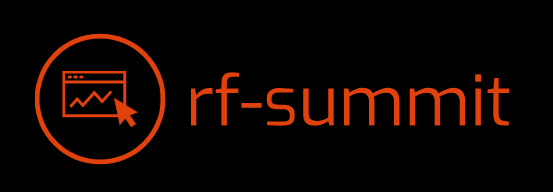Streamlining HR The Latest ERP/HRIS Systems
Automating Repetitive Tasks
One of the most significant benefits of modern ERP/HRIS systems is their ability to automate time-consuming and repetitive HR tasks. Think about things like payroll processing, benefits enrollment, and onboarding paperwork. These processes, when handled manually, can be incredibly labor-intensive and prone to errors. With an integrated system, much of this work is automated, freeing up HR professionals to focus on more strategic initiatives, like employee engagement and talent development. This not only improves efficiency but also reduces the risk of costly mistakes and ensures a more consistent employee experience.
Centralized Data Management
Before implementing a robust HRIS system, many organizations rely on disparate systems and spreadsheets to manage employee data. This scattered approach makes it incredibly difficult to get a clear and accurate view of the workforce. An integrated ERP/HRIS system centralizes all employee information in one secure location. This single source of truth allows for better data analysis, improved reporting, and more informed decision-making. Imagine the ease of generating reports on employee demographics, performance metrics, or compensation analysis – all in one place, without the tedious task of data consolidation.
Improved Employee Self-Service
Modern HRIS systems often include robust employee self-service portals. These portals allow employees to access information and manage their own HR-related tasks, such as updating their personal details, viewing payslips, requesting time off, or enrolling in benefits programs. This not only empowers employees but also significantly reduces the burden on HR staff, freeing them from handling routine requests. Increased employee self-sufficiency leads to greater satisfaction and a more efficient workflow for the entire organization.
Enhanced Recruitment and Onboarding
The recruitment and onboarding processes are often lengthy and complex, but an ERP/HRIS system can streamline them significantly. These systems can automate tasks such as job posting, candidate screening, and interview scheduling. They can also facilitate the onboarding process by automating paperwork, providing new hires with access to necessary information and resources, and tracking their progress throughout the initial weeks. This creates a smoother and more efficient onboarding experience for new hires, improving their engagement and reducing the time it takes for them to become productive members of the team.
Better Performance Management
Performance management is a crucial aspect of any organization, and an ERP/HRIS system can significantly improve this process. These systems allow for setting goals, tracking progress, conducting performance reviews, and providing feedback, all within a centralized platform. The data collected can be used to identify training needs, identify high-potential employees, and track overall team performance. Automated reminders and notifications help ensure that performance reviews are completed on time and that employees receive regular feedback, fostering better communication and improving employee development.
Streamlined Compliance and Reporting
Staying compliant with ever-evolving labor laws and regulations can be a daunting task. Modern ERP/HRIS systems often include features that help organizations maintain compliance with various employment regulations. These systems can automate the generation of required reports, ensuring that all necessary documentation is readily available for audits. This helps mitigate the risk of non-compliance and reduces




